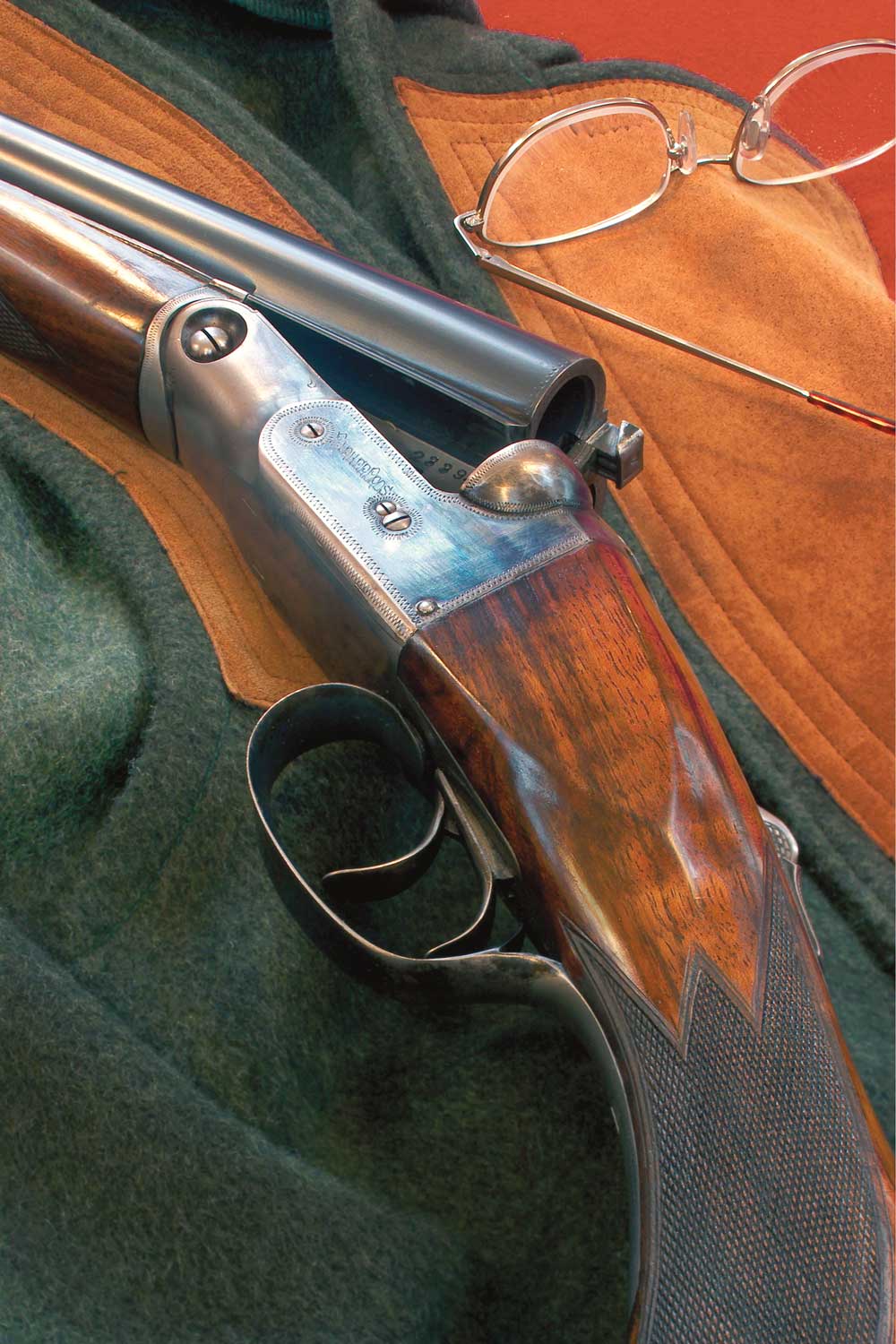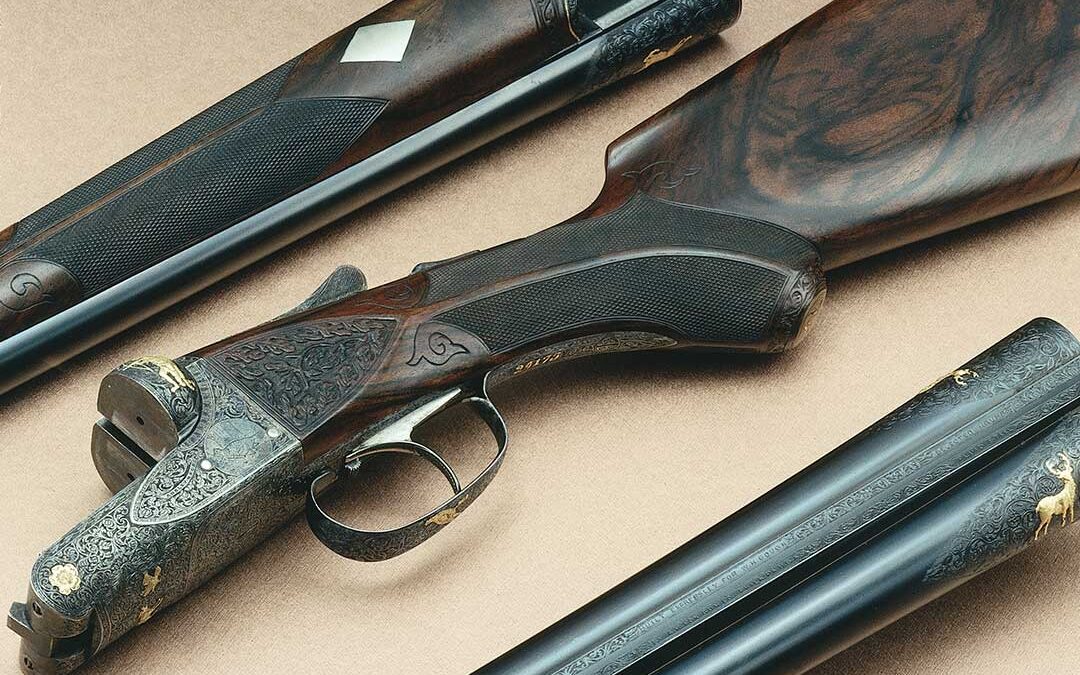Let’s be honest—most of us don’t practice enough, but it’s essential for becoming a better, more confident shooter. The first step is deciding to change that behavior and plan ahead for practice time—and stick to your guns.
Handle your gun frequently, even when not shooting. Making doubly-sure your gun is unloaded, practice aiming offhand at safe objects, both close and distant, and become familiar with the gun’s various functions. This helps you become familiar with its fit and feel.

Dry-firing will acquaint you with the nuances of trigger-pull and allows you to see if you’re holding on target when the firing pin snaps forward. Dry-firing does not harm most guns, but it’s advisable to practice with dummy rounds when available.

At the range, sight-in your gun from the bench to confirm its zero. Once you’ve confirmed the gun is on, come off the bench and shoot from offhand positions. This is a more pleasant way to shoot, has less felt recoil and hitting your point-of-aim with consistency is a good way to maintain your interest. The anticipation of recoil is what causes shooters to flinch, but offhand shooting helps mitigate recoil. Shoot standing, kneeling and sitting—positions you might assume in the field during a hunt.
If you have access to an outside shooting venue, try placing reactive targets at hidden locations that are unknown to the shooter. The idea is for the shooter to walk through the course and shoot at each target the instant it comes into view. This simulates realistic situations that add an element of challenge and will decrease reaction time, familiarize you with gun handling and make you a more capable, confident shooter.

